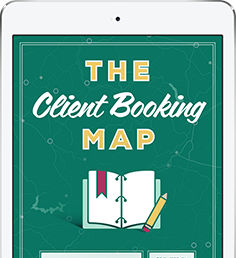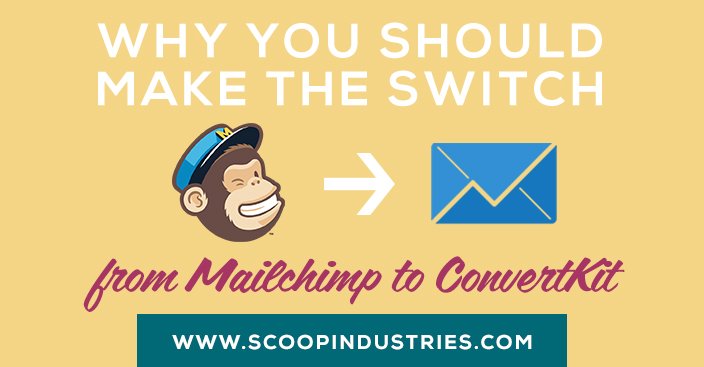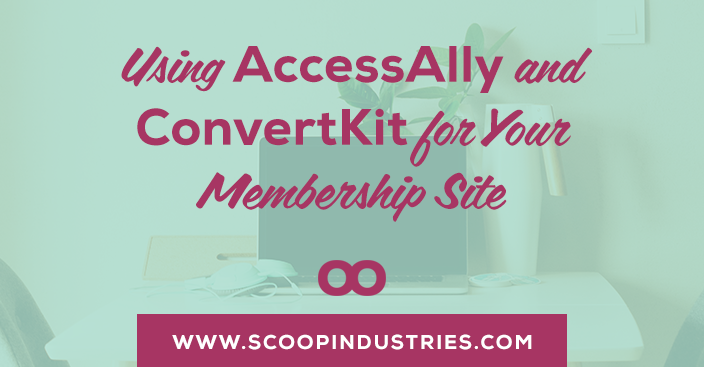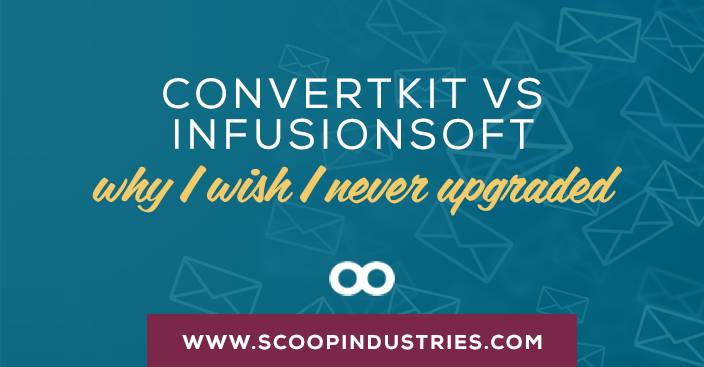When it’s time to launch, the common wisdom is that most of the purchases will come from people who are signed up to your email list.
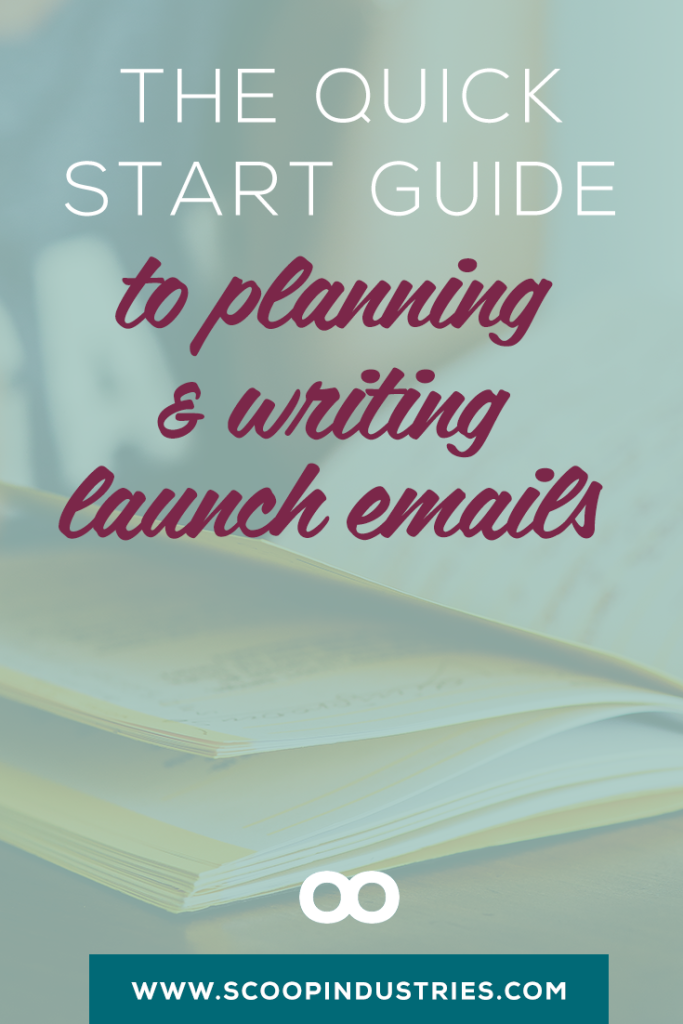 That’s definitely been my experience for me and for my clients. After all, your email readers are the people who know, like and trust you so they’re most apt to do business with you.
That’s definitely been my experience for me and for my clients. After all, your email readers are the people who know, like and trust you so they’re most apt to do business with you.
During your launch, you need to nail your emails, and you likely need to send way more emails than you think you do.
Don’t decide you don’t want to “bug” your list or “be pushy”, because very few people read every email you send. (And if they do, they’re super engaged and a big supporter of you and your business.)
It’s hard to sell anything when someone only sees one or two emails, or worse yet, they don’t hear about your offer at all. Remember, your subscribers signed up to hear from you, so sharing what you’re offering isn’t annoying, it’s informative.
Now that we’ve established that your email plan is critical to your launch, let’s cover some launch email basics with the quick start guide to planning and writing launch emails.
Step One: Plan Your Launch Emails
Before you write any launch emails, take a lot of time and consideration up front to determine:
- How many emails you’ll send
- How often you’ll send emails
- What you’ll include in each email
- Who will get each email
This may seem like overkill, but doing this work in advance of your launch will save time and possible issues once you’re in the throes of your launch. Let’s break each of these down.
How Many Launch Emails Should I Send?
Every launch is different, so there’s no hard and fast rule about how many emails to send.
A few key factors to consider regarding how many emails to send include:
- The cost of your offer. The higher the price point, the more decision time will likely be needed, which means you’ll need more emails to help your audience decide.
- The length of your promotion. How many emails you’ll send depends on how long your launch is. If it’s a three day launch, you’ll send fewer emails than if it’s three weeks long.
- The responsiveness of your list. It’s one thing to have a list but every list varies in terms of how engaged and responsive they are. The more engaged your list, the fewer emails you may need to make sales.
- What other emails they may be getting. Consider what other emails they may be receiving from you. Are they getting a weekly email? An autoresponder? Keeping that in mind can help you find the right balance between too many and too few emails.
How Often Will I Send My Launch Emails?
For most email lists, sending an email related to your launch every day is likely too much. Launch emailing is a balancing act, so focus on figuring out not just how often, but what you’ll include in each email.
A good rule of thumb is to send an email every two to three days during your launch as long as there’s something of value in the email, and not just the same thing repeated over and over.
There are exceptions where you will send emails more frequently when it comes to the end of a promotion period such as an early bird bonus going away or the cart closing for good. You may send an email the day before, and then one or two emails the day the promotion wraps up.
What Will I Include in Each Email?
If you want people to read your emails and take action, you need every email to deliver some new content and keep it interesting.
That said, prepare to repeat yourself in your launch emails to reinforce the need-to-know details of your offer. Keep in mind people need to hear/see/read an offer between 5 and 7 times before they take action, so don’t skip over the details.
As you’re planning your emails, get detailed about what you’ll include in each one so you’re not making it up as you go along. For example, you’ll want to have emails that include:
- Why you created this offering
- The benefits of the offering
- Social proof for the offering
- FAQs or the #1 question you’re getting
- Who the offering is right for
Those are just a few ideas to get you started on what you can include. (If you need a hand with planning your emails, you can use the launch email planner in the Launch Planning Toolkit to get started.)
Who Will I Send Launch Emails To?
As you’re going into a launch, you likely have a number of marketing activities happening in advance. This means you may have different segments within your list – some of whom are more ready to buy than others.
Carefully think about who should be getting what email, or better yet, how you can customize your emails for each audience. For example, if you have a list of 500 people who did a challenge as a lead-in to your offer, how you approach them would be different than people who are on your list but not yet activated.
This part may seem like extra work but this level of intelligence can help make your launch more successful by tailoring your offer to your audience’s level of awareness.
When Will I Send Launch Emails?
Once you have your launch schedule set, attach specific dates and times to each of the emails you have planned. Knowing the exact day and time each email will go out helps keep you (and anyone else involved) on track.
Also, be open to experimenting with the timing of your emails. They don’t have to just go out in the morning, or on week days. See what days/times may get a better response than others and fine tune as you go.
Get Your Launch Emails Organized
You’re likely going to have a lot of emails when you’re launching, which is why it’s worth the time and effort to detail the information above in a single place.
Brittany and I work on a lot of launch email projects, and for each one we create a single place where all this information is housed in a Google doc. That lets everyone involved know the status of each email, who it’s going to, when it’s being sent out and more.
Step Two: Write Your Launch Emails
You’ve got a plan, so now it’s time to write your launch emails!
So, where do you get started? As someone who writes a lot (and I mean A LOT) of launch emails, here are some power tips to help make those launch emails easier:
Set Aside Time to Batch Your Emails
The number of emails, and level of details involved, means that this is not something to leave until the last minute. Start well in advance so that once you’re in the middle of your launch, you’re not needing to pull an all-nighter writing launch emails.
Once your sales page copy is done, start on your emails so you can take the time and care you need to write them.
Write a Crappy First Draft
When you first sit down to write, use your plan and start by putting the emails together from your sales page copy and making notes as you go. It’s far better to get all of the points out and then go back and fine tune them than to spend hours perfecting each one on the first go round.
Write crappy first drafts then give them time to mellow. After a couple days, go back to them to tweak and refine your emails into something that makes an impact and engages your subscribers.
Don’t Go It Alone
No matter how good of a writer you are, it’s exceptionally difficult to edit yourself. Make time in your plan to have someone else review your email so you can catch issues with flow, typos and more.
If you’re a solo show, get a business friend, a family member or someone to review them for you. You’ll be happy you did.
Spend Time on Your Subject Lines
If you want to stand out in a crowded inbox and get people to read your emails, you need to have a killer subject line. Don’t let your subject line be an afterthought or something you just slap on the email at the last minute.
Try to keep your subject line to a total of 50 characters, while being clear, specific and creating curiosity.
Link Often
When you’re selling, one link in your email isn’t good enough. Where it makes sense, link to your sales page for more information or for them to purchase.
Typically, I include two to three links in the copy of a sales email and ensure they are easy to find and identify them as links for readers.
Format for Readability
Think of how you read your email. You likely don’t read it word for word, you skim it.
The same way you write blog posts, use short sentences and paragraphs so that the copy is easy to digest.
Make use of subheadings, bolding, italics and bullets to make it easy to get your point across to the skimmers.
The Recap: Launch Successfully with Emails Done Right
You’ve planned, you’ve written and now it’s GO time with your launch emails! All your hard work will pay off when you’re intentional and intelligent with your launch emails.

